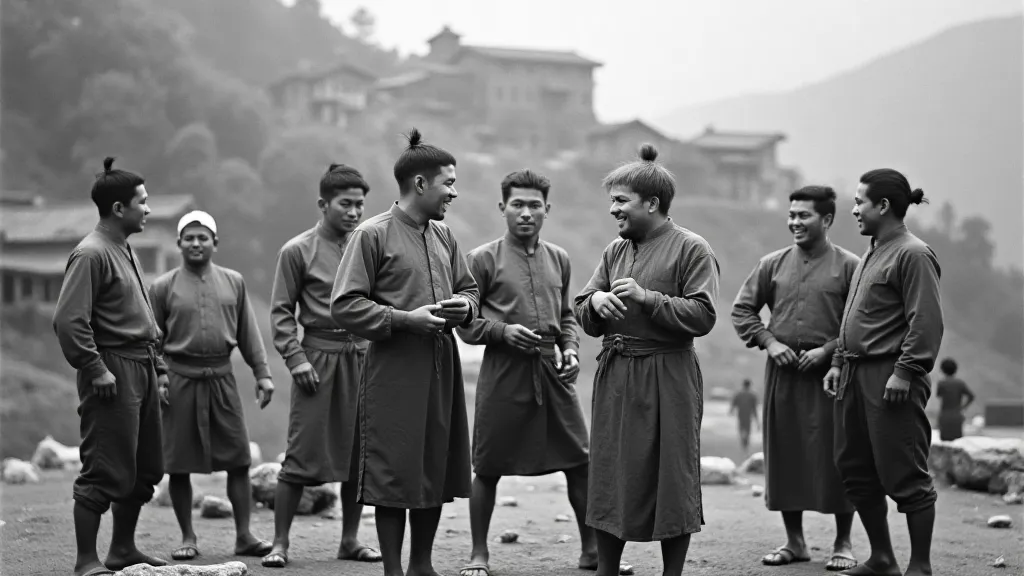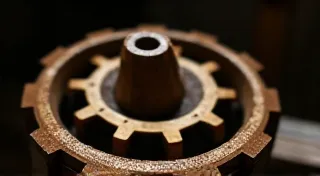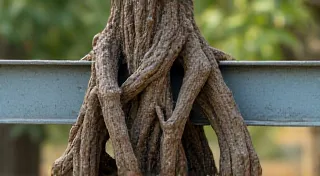Echoes in the Soil: Tracing the Ancestry of a Game
There’s a peculiar comfort in holding something old. It’s not merely the texture – the worn wood, the faded paint – but a sense of connection to hands long gone, stories whispered across generations. This feeling isn’t unique to antique furniture or forgotten books; it’s woven into the very fabric of traditional games. These aren't just diversions; they're living archives, miniature snapshots of culture, history, and the human spirit, stubbornly clinging to the soil from which they sprung.
My fascination with traditional games began with a simple question: where do they *come* from? Not just the immediate region where they've persisted, but the deeper wellspring of influence, the lineage stretching back through time. I chose to focus on *Kunlun*, a deceptively simple game played primarily in the mountainous regions of western China, specifically among the Yi people. It looks like a form of stone-throwing, but the nuances of skill, the embedded philosophy, reveal a story much richer than its appearance suggests.
The initial research felt like sifting through a vast, shifting landscape. Written records about Kunlun are surprisingly scarce before the 20th century. The Yi people, historically marginalized and often lacking centralized written tradition, primarily transmitted their customs orally. This presented an immediate challenge: reconstructing a game's history without a clear textual foundation required me to become an archaeologist of human activity, piecing together clues from diverse sources – ethnological studies, anthropological observations, local folklore, even the positioning of villages and the geography of the terrain.
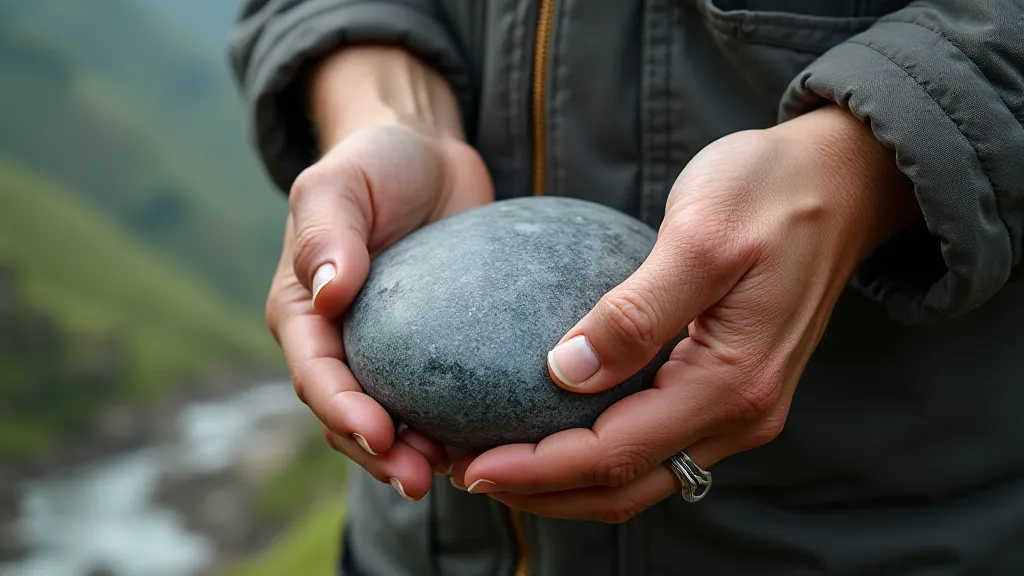
The Terrain Speaks: Geography and Early Influence
The very geography of the region profoundly shaped Kunlun. The rugged, terraced hillsides provided the natural playing fields. The game is usually played across distances, and the uneven terrain demanded incredible accuracy and an intimate understanding of wind currents and topography. I began to hypothesize that early versions of the game weren’t formalized competitions but rather practical training for hunting and warfare – honing the ability to accurately hurl stones at moving targets. This isn’t mere speculation; similar stone-hurling practices are found in numerous cultures across the globe, from ancient Greece to pre-Columbian America, suggesting a deep-rooted human impulse to test skill with projectiles.
The Yi people themselves have a complex history, marked by migration, assimilation, and periods of relative autonomy. Their cultural traditions demonstrate influences from various surrounding groups – Han Chinese, Tibetan, and others. I started to explore whether elements of other games might have been integrated into Kunlun over time. For example, the precision required in modern Kunlun bears a subtle resemblance to aspects of target archery found in Tibetan culture, suggesting a possible, though as-yet-unproven, exchange of knowledge and skills. Tracing these cultural threads is like following the faint contours of a forgotten riverbed; it requires patience, meticulous attention to detail, and a willingness to re-evaluate assumptions.
Folklore and the Shifting Narrative
Beyond the practical origins, folklore provides invaluable insight into a game’s evolving meaning. Local legends surrounding Kunlun often involve mythical heroes and trickster spirits, who supposedly invented the game or imparted special skills to its players. One particularly compelling legend tells of a young Yi warrior who, using his exceptional Kunlun skills, outwitted a powerful demon, earning the respect of his people and securing his place in folklore. These stories, while not historical records in the strictest sense, reveal how the game became interwoven with the cultural identity of the Yi people, serving as a vehicle for transmitting moral lessons and celebrating courage and ingenuity.
However, it’s crucial to approach folklore with a critical eye. Stories often morph over time, shaped by the biases and perspectives of the storytellers. What began as a simple anecdote might be embellished with dramatic flourishes, or adapted to reflect changing social values. Disentangling historical fact from embellishment requires careful comparison of different versions of the story, and triangulation with other forms of evidence.
The Craftsmanship of Stone and Spirit
The stones themselves are integral to the game. They aren't just any stones; they’s specifically chosen – smooth, round, and possessing a certain heft and balance. The best stones are often river stones, naturally sculpted by the relentless action of water over centuries. There's a quiet artistry in selecting these stones, a connection to the natural world that reflects a deep respect for the materials and the environment. I interviewed several elderly Kunlun players, and they spoke with genuine reverence for the stones, viewing them not merely as tools for competition but as tangible links to their ancestors.
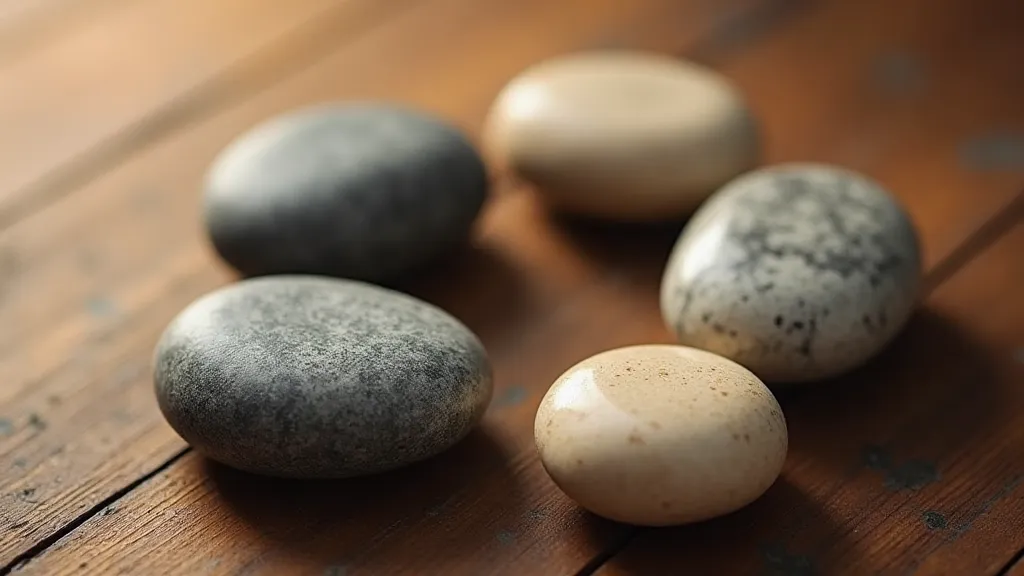
The skill involved isn't just about brute strength; it’s about understanding the stone’s weight distribution, its aerodynamic properties, and the subtleties of the terrain. The players demonstrate a level of hand-eye coordination and spatial awareness that's truly remarkable. This isn't a game that can be mastered quickly; it requires years of dedicated practice and a deep understanding of the game’s underlying principles.
Echoes in Time: A Continuing Legacy
Tracing the ancestry of a game like Kunlun is an ongoing process. New discoveries are constantly emerging, challenging existing assumptions and revealing new layers of complexity. The digital age, with its ability to connect people across vast distances, is also playing a role. Younger Yi people are now using online platforms to share their knowledge and skills, ensuring that the game continues to evolve and adapt to changing times.
While the game has undoubtedly changed over the centuries – influenced by new technologies, changing social structures, and cross-cultural exchanges – it retains its essential character. The spirit of competition, the respect for tradition, and the deep connection to the natural world remain remarkably consistent. It’s a testament to the enduring power of games to transmit culture, history, and the human spirit across generations.
There’s a poignant beauty in holding a piece of history, whether it’s a well-worn stone or a faded photograph. It's a reminder that we are all part of a larger story, connected to those who came before us, and responsible for preserving the legacy for those who will follow. The echoes in the soil are faint, but with careful listening and patient observation, we can begin to hear the voices of the past, and understand the profound significance of these seemingly simple games.
